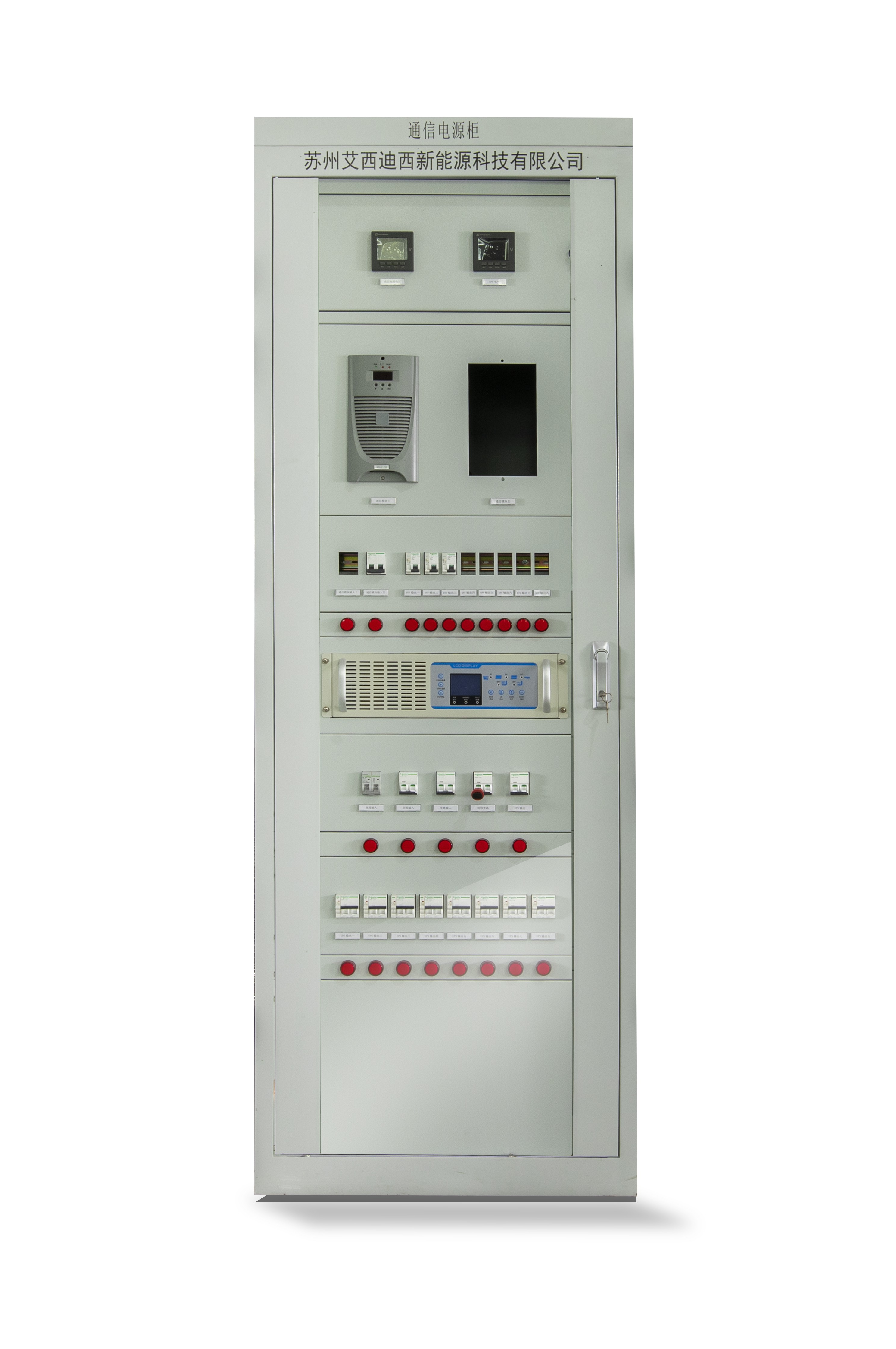
1 月 . 08, 2024 16:25 Back to list
Energy Storage FAQ-battery energy storage system
What is an energy storage system?
An energy storage system stores excess energy and allows for the reuse of that stored energy when energy production is low and the demand is high. There are many different types of energy storage, including battery storage and pumped hydro, and these resources provide a variety of services, including the smoothing of the energy produced from renewable energy resources and resiliency support.
Why are battery energy storage systems needed?
As TVA works to decarbonize its energy system, energy storage will be needed to increase system flexibility and enhance the performance of renewable energy resources like solar. TVA is exploring various types of energy storage, including lithium-ion batteries, to meet its storage needs, provide an alternative to the need for new transmission line construction and help support economic development throughout the region.
Distributed Outdoor Energy Storage Cabinet Self-Cooling-PW-164
What are lithium-ion batteries?
Lithium-ion batteries are a form of short-duration storage. These batteries are like those found in laptops, cellphones and electric vehicles – they are just much bigger with more complex operating systems. Lithium-ion batteries provide up to six hours of energy storage and help with smoothing and stabilizing the inconsistent energy produced from renewable energy resources.
What are the risks associated with battery energy storage systems?
As with most technologies, there is a small risk associated with battery storage. However, malfunctions occur in less than 2% of utility-scale battery installations.
What is TVA doing to mitigate these risks?
Batteries installed in the TVA service region will have robust safety components based on best practices learned from other utilities. These safety measures include:
- Safe Distances – like other large equipment, battery energy storage systems will be installed to meet the NFPA 855 standards, allowing enough space or installation of barriers to prevent battery-to-battery fire transfer and providing room for first responders to address the fire.
- Advanced Battery Monitoring System – each battery energy storage system will come with an advanced monitoring system that provides TVA operators with 24/7 information on the battery’s health and temperature—notifying TVA immediately in the unlikely event of a malfunction.
- Automatic Fire Protection System – the battery energy storage systems will include an automated fire protection system that has been tested to meet UL 9540 standards. This system uses direct injection with a dry chemical and gas detection inside the battery container to prevent the buildup of explosive gases that may result from any cell material failure.
- First Responder Training – first responders in locations where batteries will be installed will have training and instructions to ensure they have the right tools in the unlikely event of a battery malfunction.
How loud is a battery energy storage system?
The battery energy storage system emits 75 decibels at the substation fence. This is equivalent to a vacuum cleaner or average radio volume. As the noise is mostly from the HVAC system, it sounds like a faint hum.
How will a battery energy storage system affect the aesthetic of my community?
TVA will install visual buffers such as trees and vegetation as needed on the facility’s perimeter to minimize any potential viewing obstructions.
When will TVA begin deploying more battery energy storage systems?
TVA is currently working to install a battery energy storage system in Vonore, Tennessee, located near Knoxville, Tennessee. The Vonore battery energy storage system has a 20 MW/40MWh battery and can provide enough electricity to power over 10,600 homes for three hours.
Why is TVA focused on lithium-ion batteries for energy storage?
TVA is currently focused on installing more lithium-ion battery projects due to the maturity level, the economics and the quicker construction timelines of this technology. TVA is also exploring other energy storage solutions.
What other types of energy storage exist?
While lithium-ion batteries are currently the most common form of short-duration storage, energy storage includes more than just batteries. The Electric Power Research Institute (EPRI) Energy Storage Technology Database describes over 70 technologies, grouped into four major categories and multiple subcategories. The database includes, but is not limited to the following technologies:
- Thermal
- Mechanical
- Electromechanical
- Chemical
What other types of energy storage is TVA exploring?
Lithium-ion batteries get most of the attention today largely due to electric vehicles driving their development (it’s hard to integrate pumped hydro into a light-duty vehicle). However, in terms of generating capacity or stored energy, pumped hydro is by far the most common storage technology in the U.S. and the world.
In fact, TVA has been a leader in energy storage for the past 60 years with the Raccoon Mountain pumped hydro facility. This facility is used to balance our system during grid fluctuations.
As we prepare for a more carbon-free future, TVA will continue exploring additional forms of energy storage to increase our systems’ resiliency and performance.
-
FREMO Portable Power Station High-Capacity, Lightweight & Reliable
NewsMay.30,2025
-
24V DC Power Supply Certified & Efficient Home Depot Exporters
NewsMay.30,2025
-
12V 2A DC Power Supply for Home Depot Trusted Supplier & Exporter
NewsMay.29,2025
-
Energy Storage Power Station Solutions Reliable & Efficient Products
NewsMay.29,2025
-
Portable Power Station R100 High-Capacity & Reliable Backup Power
NewsMay.29,2025
-
Energy Management System EMS
NewsMar.07,2025



